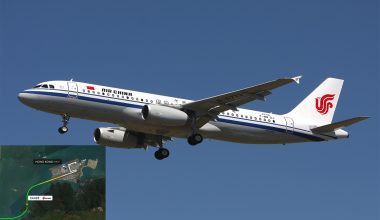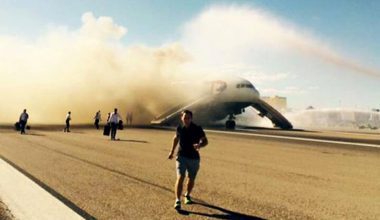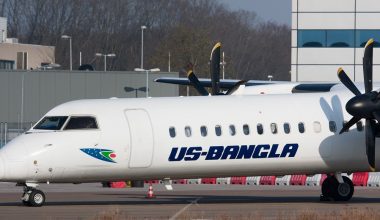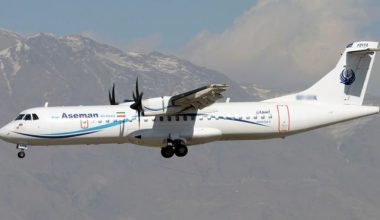NASA is creating a supersonic jet “X-plane” which it believes to overcome one of the big drawbacks of supersonic travel. The plane which will be built from scratch will be needle nosed that will be contracted to Lockheed Martin for $US247.5 million.
The plane is expected to be 94-foot and is expected to start test flights in 2021 that will be able to fly at a cruising altitude of 55,000ft at Mach 1.42, or 940mph (1512kmh), with a top speed of Mach 1.5. But the most interesting thing is it will use latest in supersonic technologies to reduce the window-shaking sonic boom to equivalent to the noise of car door closing.
The single-pilot X plane will be in a cockpit based on the design of the rear seat of the T-38 training jet famously used for years by NASA astronauts that will be propelled by a General Electric F414 engine used by F/A-18 fighters.
Currently flying a supersonic jet is banned by the US Federal Aviation Administration and the NASA says the plane’s mission is to provide data it hopes will allow the design of airliners capable of flying across land at supersonic speeds by lowering the sonic boom.
NASA says key to success for the Low-Boom Flight Demonstrator will be sonic booms “so quiet, people on the ground will hardly notice them if they hear them at all” and plans to deliver the data to the Federal Aviation Administration (FAA) and the International Civil Aviation Organization (ICAO) in 2025 so they can develop and adopt new rules to allow commercial supersonic flight over land.
The agency says the key to the X-plane’s design is the way its uniquely-shaped hull generates shock-waves that will merge as they expand away from the aircraft’s nose and tail, resulting in two distinct and thunderous sonic booms. The design of the aircraft prevents this from happening by directing them away from the aircraft so that reach the ground much weaker and still separated.
NASA is not the only organization looking at supersonic flight. Japan Airlines and Virgin Atlantic are among the airlines supporting a push by US-based Boom Supersonic Technologies to develop a 55-passenger supersonic aircraft capable of flying a Mach 2.2.
JAL late in 2017 committed to taking 20 of the full sized aircraft that will be 10 percent faster than Concorde and is expected to carry passengers at fares that are 75 percent lower and be 30 percent quieter. But it will still produce a sonic boom and is expected to stick to Oceanic routes.
Even Boeing is also having another look at faster than sound options. Boeing vice president product development Mike Sinnett referred to the Seattle manufacturer’s research on the next SST (supersonic transport) during a presentation about future projects at 2017’s Paris Air Show. The Boeing executive said his company was reviewing designs “from business jet size to passenger jets of some 70 seats” and believes that the supersonic travel will come sooner than 20 years.






